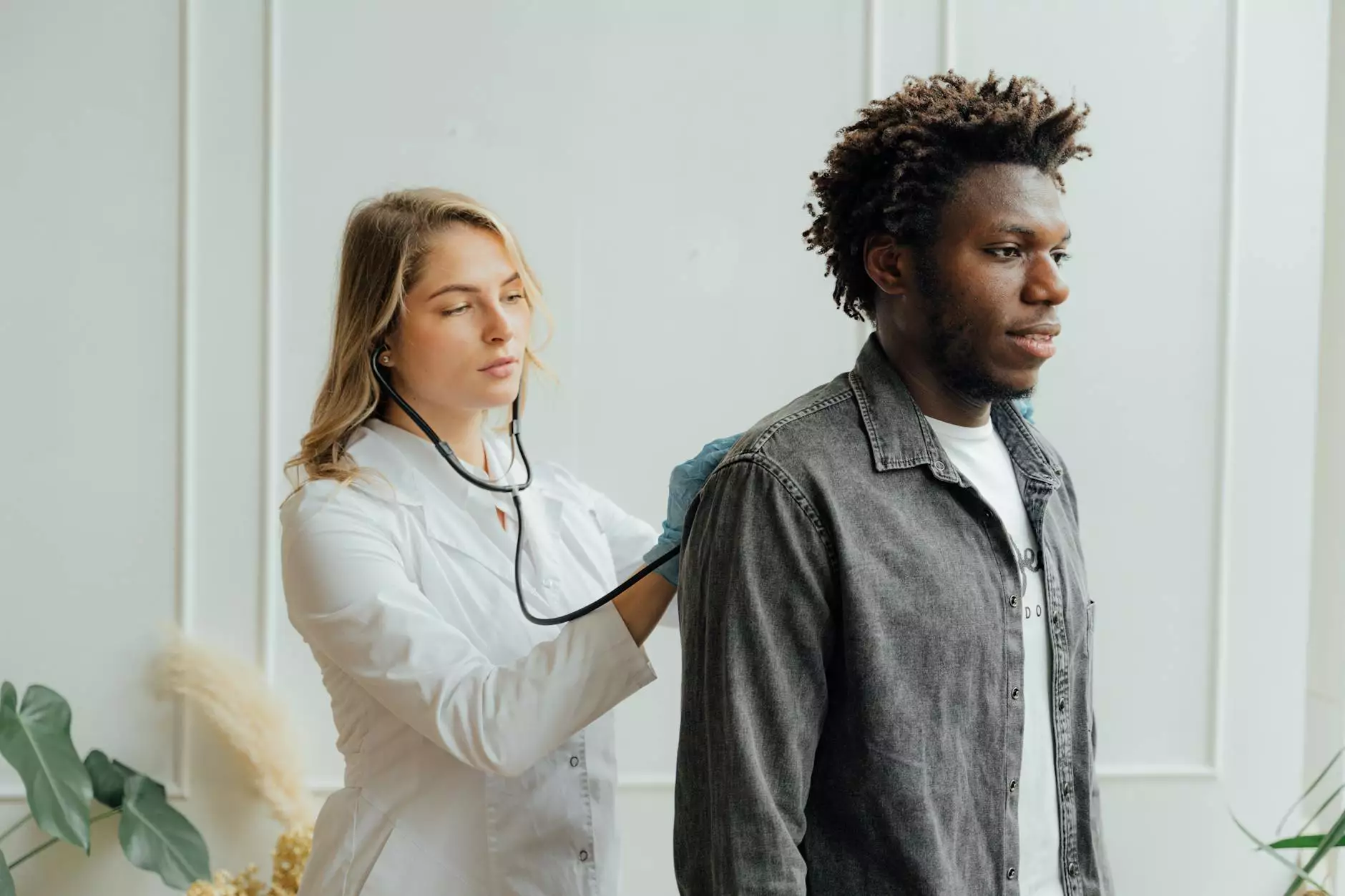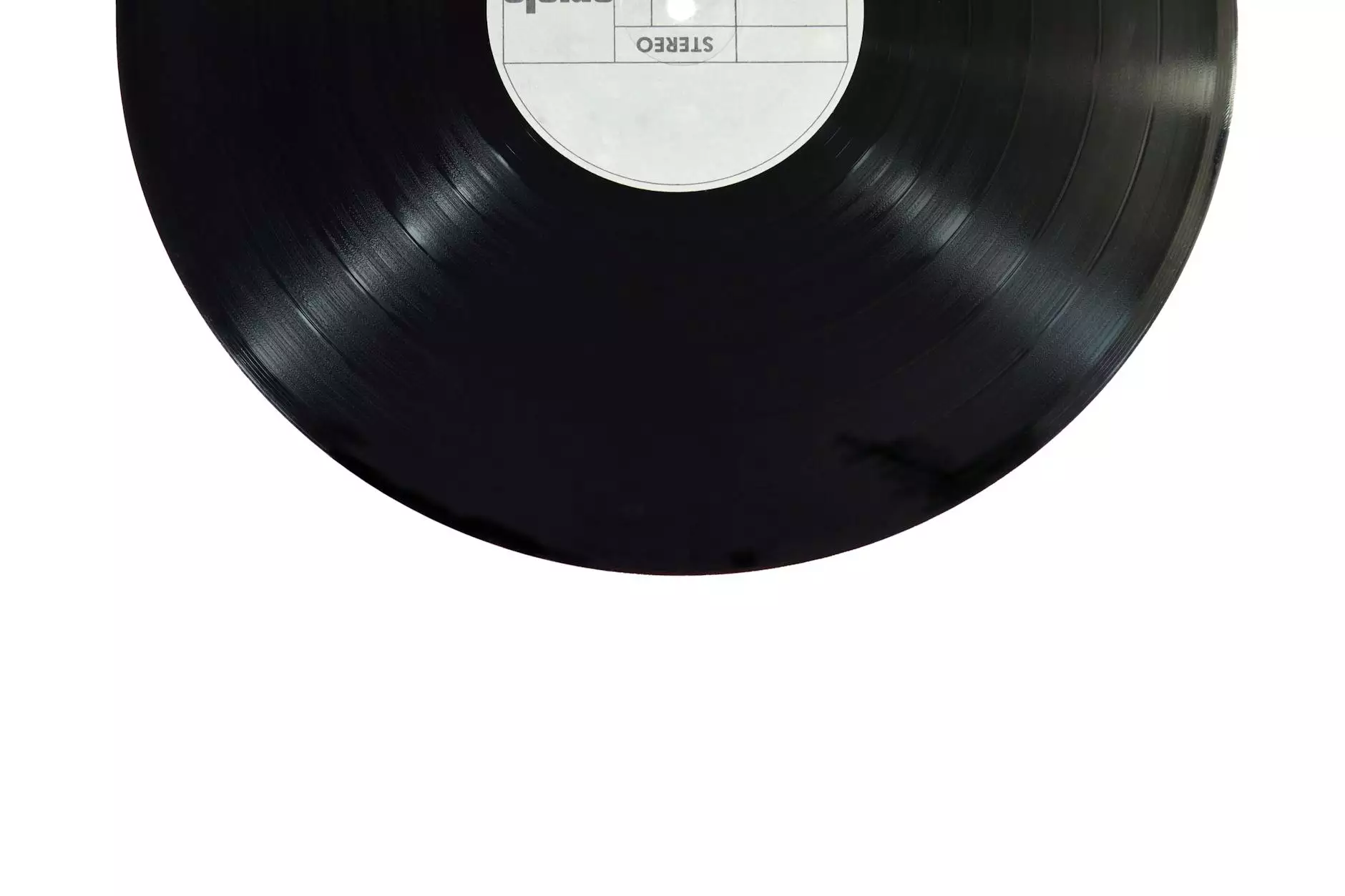Can Microbreaks Cure Lower Back and Hip Pain When Sitting?
Blog
Understanding the Connection between Sitting and Lower Back and Hip Pain
For individuals who spend a significant amount of time sitting, such as office workers or seniors, lower back and hip pain can become a common and troubling issue. The sedentary lifestyle that comes with prolonged sitting can lead to muscle imbalances, stiffness, and reduced flexibility. As a result, discomfort and pain in the lower back and hips may arise.
The Importance of Microbreaks
In the quest to find relief from lower back and hip pain caused by excessive sitting, microbreaks can play a crucial role. Microbreaks, as the name suggests, refer to short breaks taken throughout the day to engage in gentle stretches, simple exercises, or posture adjustments. These short bursts of movement help break up prolonged periods of sitting and allow the body to release tension, improve circulation, and promote overall comfort.
Benefits of Microbreaks:
- Pain Relief: Microbreaks offer temporary relief from lower back and hip pain by reducing muscle stiffness and promoting blood flow to the affected areas.
- Improved Posture: By incorporating regular microbreaks, individuals can develop stronger postural awareness, leading to improved spinal alignment and reduced strain on the lower back and hip muscles.
- Enhanced Flexibility and Range of Motion: Microbreaks allow for simple stretches and movements that can help improve flexibility, increase joint mobility, and prevent muscle imbalances.
- Reduced Risk of Injuries: By taking microbreaks, the risk of developing musculoskeletal injuries associated with prolonged sitting can be significantly reduced.
- Increased Productivity: Contrary to popular belief, taking regular microbreaks can actually increase productivity by improving focus, mental clarity, and overall well-being.
Effective Microbreak Techniques
To make the most out of microbreaks and alleviate lower back and hip pain, consider incorporating the following techniques into your routine:
1. Posture Correction:
Regularly check your sitting posture and make adjustments as needed. Sit up straight, with your back supported against the chair, feet flat on the floor, and knees at a 90-degree angle. Avoid crossing your legs, as it puts extra strain on the hips and lower back.
2. Stretch Breaks:
Engage in simple stretches that target the muscles commonly affected by sitting. Perform gentle forward bends, side stretches, and back extensions to promote flexibility and relieve tension.
3. Active Breaks:
Incorporate short bursts of gentle exercises into your microbreaks. Stand up and walk around, perform squats or lunges, or even do some light yoga poses. It's important to keep the body moving to prevent stiffness and improve circulation.
4. Ergonomic Adjustments:
Ensure your workstation is ergonomically sound. Adjust your chair height, desk height, and monitor position to promote proper alignment and reduce strain on the lower back and hips. Consider using lumbar support cushions or a standing desk if possible.
Why Choose Regency Square Care Center?
At Regency Square Care Center, our dedicated team understands the importance of providing exceptional geriatric and aging care services. We prioritize the overall well-being of our clients and strive to create programs that cater to their unique needs and challenges.
With our specialized approach to care, we integrate microbreaks and other therapeutic techniques into our daily routines to address and alleviate lower back and hip pain caused by prolonged sitting. Our experienced caregivers and healthcare professionals work closely with individuals to develop personalized care plans that prioritize their comfort and pain relief.
By choosing Regency Square Care Center, you can trust that your loved ones will receive the highest quality of care in a warm and compassionate environment. Contact us today to learn more about our services and how we can assist in managing lower back and hip pain.









